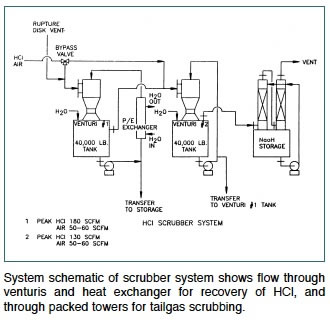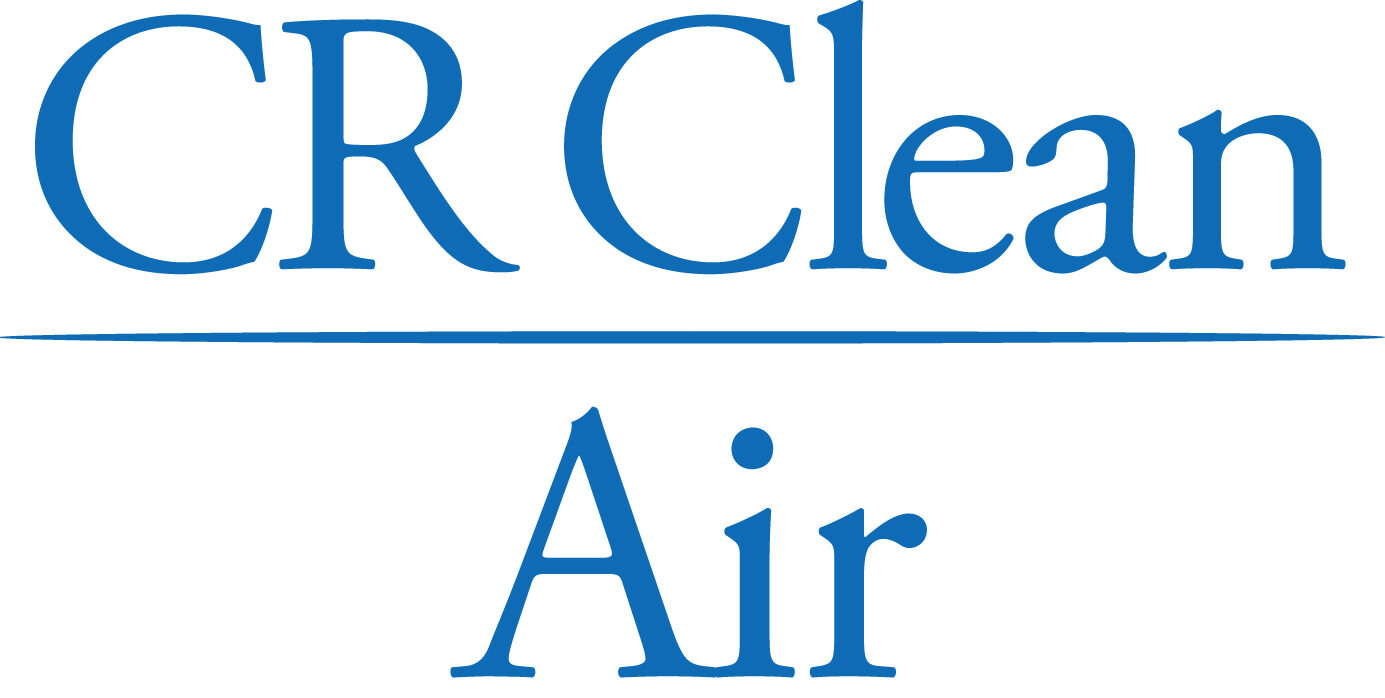 Chemron manufactures high-quality specialty chemicals and surfactants for personal care products, industrial, institutional, oil field, mining, coatings, lubricants and water treatment. Some of the operations result in the creation of hydrochloric acid with high variable rates.
Chemron manufactures high-quality specialty chemicals and surfactants for personal care products, industrial, institutional, oil field, mining, coatings, lubricants and water treatment. Some of the operations result in the creation of hydrochloric acid with high variable rates.
As expressed by Bill Frost, of Chemron: “Chemron maintains a strong environmental commitment, which views regulations as a challenge rather than a burden. It’s important for the chemical industry to go beyond today’s specific control regulations, and to look ahead, not only to where the regulations will be in a few years, but where we should be.”
He believes that complex problems should be considered long-range, thereby providing time to make orderly adjustments to process and treatment methods. Compliance then becomes part of the process rather than an externally-imposed hardship.
Seeking A Profitable Solution: Design criteria for the sought-after emission-control system included variable flow rates from 60-240 scfm, with various concentrations of hydrochloric acid and inert gases. Gas stream temperature runs about 110 F. Specifications for the control system, as provided to 5 companies, included 2 criteria considered to be essential. A very low emission level (5 ppm) had to be achieved, and hydrochloric acid had to be collected in salable form (concentrations of 31.5 to 32%).
The system purchased by Chemron uses 2 jet venturi scrubbers in series to intimately mix the airstream and scrubbing liquid, followed by 2 packed towers to remove residual hydrochloric acid. Height limitations required the use of two shorter towers rather than a single tall tower. Jet venturi fume scrubbers were selected because they can handle load fluctuations very well, and the 2 units in series can recover more than 98% of the hydrochloric acid. The venturis also provide back-up for each other, increasing the safety factors involved. The units are nonmetallic for corrosion resistance, with fiberglass-reinforced plastic bodies and PVC spinners.
Each venturi discharges into its own 5,000 gallon tank, and the solution is recirculated back through the venturi until the concentration reaches a preset level. The concentration is measured continuously by a conductivity monitor. A plate-and-frame heat exchanger in the first stage recirculation line removes the heat of solution that is generated when hydrochloric acid dissolves in water.
The contents of the first stage tank is transferred to a finished product storage tank when the hydrochloric acid reaches 32% by weight. Typically, the contents of the second stage tank will reach about 10% concentration at the same time and it will be transferred to the first stage tank to absorb more acid. The second stage tank then will be filled with fresh water.
The tailgas scrubber consists of 2 identical, counter current packed towers mounted on a single storage tank. Towers, tank and ductwork are made of FRP. Polypropylene is used for packing and mist eliminators. The towers are very efficient at removing the small amounts of hydrochloric acid remaining in the exhaust gas.
Better Than Spec: The system has been on-line since the fall of 1989 and is performing exactly as expected, according to Frost. An operating permit has been applied for at 10 ppm, but final emissions from the scrubber are now typically at 2 ppm. The venturis have been practically maintenance free, and it is estimated that the system will have paid for itself in 2 years and will begin producing income as well as minimizing liquid waste production.
The hydrochloric acid recovery system was designed and supplied by the Clean Air Group, LLC Technologies.
By John Papamarcos – Senior Associate Editor
